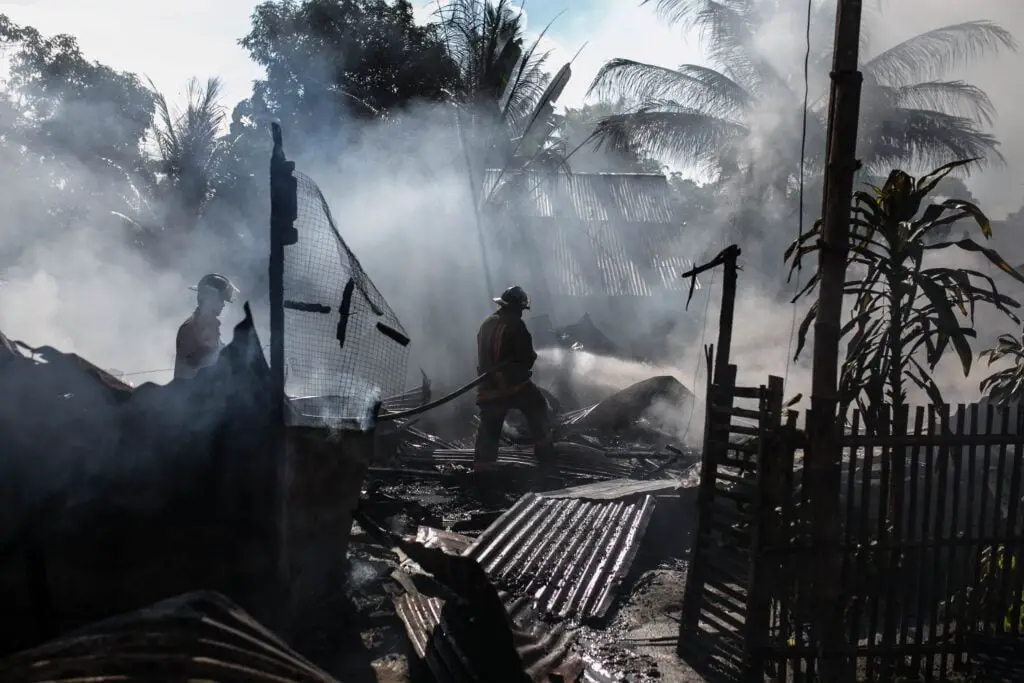Natural disasters, ranging from earthquakes and hurricanes to floods and wildfires, have a profound impact on various sectors of society. One sector that bears a significant brunt of these calamities is the construction industry.
This article explores the multifaceted effects of natural disasters on construction, examining challenges faced, adaptive strategies employed, and the resilience necessary for sustainable recovery.
1. Immediate Impact on Construction Sites: When a natural disaster strikes, construction sites become vulnerable hotspots. Earthquakes can crumble structures mid-construction, hurricanes can dismantle scaffolding and infrastructure, and floods can inundate work areas. The immediate aftermath often involves a halt in construction activities, with extensive damage requiring thorough assessment and reconstruction.
2. Economic Consequences: The economic toll on the construction industry post-disaster is staggering. Material costs surge due to increased demand for reconstruction, and labor shortages arise as workers are displaced or prioritize emergency response efforts. Delays in ongoing projects and a decline in new construction contracts contribute to a slowdown in economic growth in the affected regions.
3. Infrastructure Deterioration: Natural disasters don’t just damage existing structures but also compromise critical infrastructure. Roads, bridges, and utilities may be rendered unusable, hindering the transportation of construction materials and access to construction sites. This, in turn, exacerbates delays and increases the cost of projects.
4. Insurance and Liability Challenges: Navigating insurance claims and liability issues becomes a convoluted process after a natural disaster. Construction firms may find themselves grappling with insurance companies, seeking compensation for damages and loss of income. Determining responsibility for construction site damages adds another layer of complexity, potentially leading to legal battles that further impede recovery efforts.
5. Resilience and Adaptive Strategies: In the face of these challenges, the construction industry has been compelled to adopt resilient and adaptive strategies. This includes incorporating disaster-resistant designs, utilizing advanced construction materials, and implementing stricter safety protocols. The adoption of modular construction techniques, which allows for faster assembly and disassembly, has gained popularity as a means of expediting recovery.
6. Technology as a Mitigating Factor: Advancements in technology have played a pivotal role in mitigating the effects of natural disasters on construction. Drones aid in surveying damaged areas, providing real-time data for efficient decision-making. Building Information Modeling (BIM) facilitates the creation of detailed digital models, allowing for better visualization and planning during the reconstruction phase.
7. Community Engagement and Preparedness: Construction firms are increasingly recognizing the importance of community engagement and disaster preparedness. Collaborating with local authorities, implementing emergency response plans, and conducting drills contribute to a more resilient construction sector. Furthermore, community involvement fosters a sense of shared responsibility and solidarity in the face of adversity.
8. Sustainable and Eco-Friendly Reconstruction: Natural disasters present an opportunity for the construction industry to embrace sustainable and eco-friendly practices during reconstruction. Incorporating green building materials, energy-efficient designs, and environmentally conscious construction methods not only contribute to long-term resilience but also align with global efforts towards sustainable development.
Conclusion:
The effects of natural disasters on the construction industry are far-reaching, impacting not only ongoing projects but also the economic stability of regions. However, by embracing resilience, adaptive strategies, and technological advancements, the construction sector can emerge stronger from the challenges posed by calamities.
Moreover, a proactive approach to community engagement, disaster preparedness, and sustainable reconstruction can pave the way for a more resilient and sustainable future for the construction industry in the face of natural disasters.
To see other material construction prices, please see here.
To know other construction guides, tips, and methodology for beginners, veterans, and contractors, please see here.

